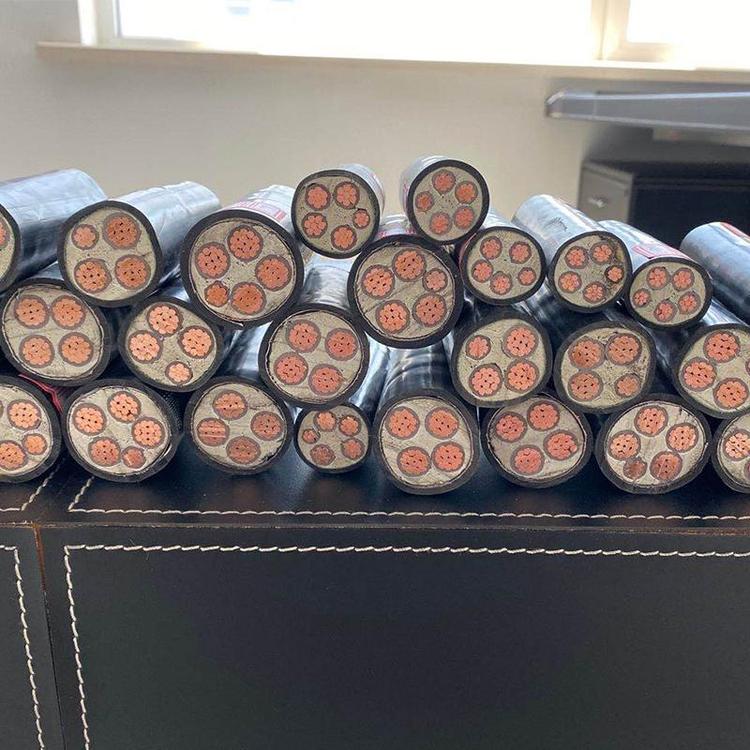
The difference between armored and unarmoured cables is that there is an extra layer of metal reinforcement, and the standard armoring methods are steel belt armoring and steel wire armoring, of which steel wire armoring is divided into fine and coarse steel wire armoring.
Armored cables are made of other material conductors packed in a metal sleeve with insulating material and are processed into a solid combination that can be bent.
Non-armored cable, a cable without an armoring protective layer, consisting of several conductors or groups of conductors twisted together in groups of at least two each to form a rope-like cable, each group of conductors being insulated from each other and often twisted around a central, highly insulating covering over the whole.
Generally used in buried situations, cable trench laying or direct burial needs armored cable. This also better protects the line, which can better prevent damage.
For non-armored cables, In addition to the buried situation, the basic use of non-armored cables, which is also from the economic convenience to consider, high-quality non-armored cables have been able to meet the needs of power transmission.
The outer protective layer of armored cable is made of steel tape or steel wire, which is used to protect the cable from external mechanical damage.
It can also prevent rats and termites from biting and causing power transmission problems, and the bending radius of the armor is large and the armor layer can be grounded to protect the cable.
The non-armored cable, also known as cross-linked cable, is made of cross-linked polyethylene material outside the cable conductor insulation layer.
The code of armored cable is expressed in the ordinary cable + numbers, the front one "2" means double steel belt armored; the second "2" means PVC sheath, such as with polyethylene sheath to "2" can be changed to "3".
For example, YJV stands for ordinary cable, and YJV22 stands for armored cable.
1. Armoured cable mechanical protection layer can be added to any structure of the cable to increase the mechanical strength of the cable and improve the erosion prevention ability, it is a wire and cable designed for areas that are vulnerable to mechanical damage and highly susceptible to erosion. It can be laid either way, where steel belt armored cables are generally laid flat to withstand external forces in the horizontal direction, and steel wire armored cables are mostly used in vertical shafts and other places where vertical installation is required.
2. Cable with an armor layer can also enhance tensile strength, compressive strength, and other mechanical protection to extend the service life.
3. Armored cable has a certain resistance to external forces, but also to prevent the rat bite, not through the armor to cause power transmission problems, armor bending radius to be large, armor layer can be directly grounded to protect the cable.
Control cable armoured cable models are KVV22, KVVP22, KYJV22, KVV32, KYJV32
Power cable armoured cable models are YJV22, YJV32, VV22, VV32
Armoured communication cable models: HYA53, HYAT53, HYA23, HYV22, HYA22 (rat-proof, buried)